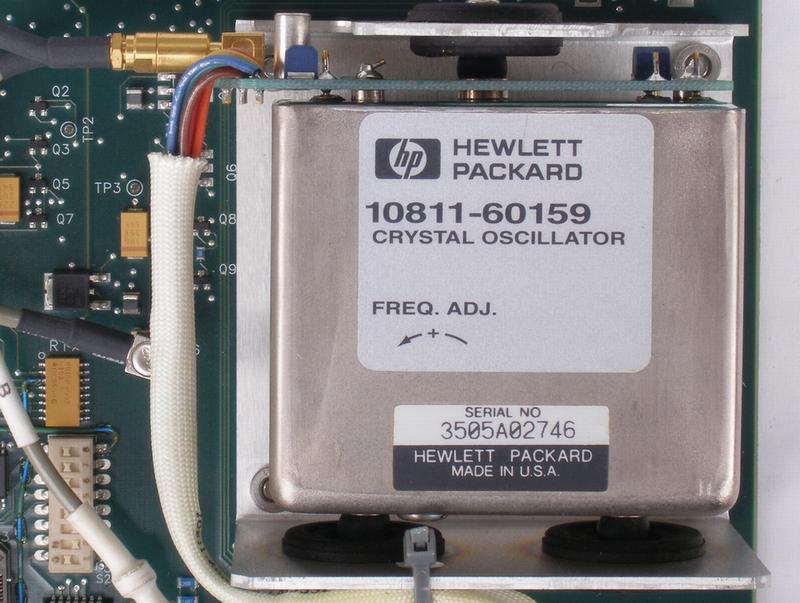Hi Ceberus,
during the last year I also played with different OCXO solutions for GPSDOs. I learned that it's better not to cover the OCXOs with foam because the heating-cooling-regulation needs the convection with free air.
It only makes sense to avoid direct air flow from a vent. All the professional solutions I have seen use the "naked" OCXO.
I have done this only one time since I had a OCXO without Vref output and I used a cheap TL431 for this. I put it at the can of the OCXO and covered it with foam.
I don't know why you'd think that. If the control loop for regulating the temperature of the OCXO was so badly designed that it needed some external cooling to be stable your point would be well made, and the control loop would not be. As it is I've never seen this and wouldn't expect to. If it needed a specific amount of convective cooling the data sheet would have to specify the amount of heat dissipation necessary and again, that is not something that I've ever seen. So I think you're a bit off with the expectation that "the heating-cooling-regulation needs the convection with free air".
In general most ovened things, be they XOs or voltage references benefit from having as much isolation from the local thermal environment as possible. Some ovened references go so far as to place the oven inside a dewar flask ('vacuum' flask). That you don't see it in many commercial designs is probably more likely down to being cheap than being about doing the job properly. Look at the old HP crystal ovens - dirty great things with loads of insulation inside the outer metal cans.
The OCXO from an HP 55300A GPSDO:

Hi Ceberus,
sorry I don't want to instruct or advice you, may be my english is insufficient to explain my point clear enough.
I don't mean that OCXOs need "cooling" but only the contact to free air.
I was nearly 2 years with the time nuts, there are infinite topics here and in the web. Starting with simple VCXO and later
OCXOs I now have several double oven OCXOs (TRIMBLE). With one I built the high precision time base for my HP53131A
and it keeps it's stability (against my GPSDO) in the limits of the self calibration (about 1mHz @ 10 MHz).
During my way I was in uncountable web boards, read many data sheets and project descriptions.
In the beginning I also expected an improvement by covering the OCXOs but I got the the advice to avoid it.
May be there are OCXOs that benefit from extra shielding but I think if this could help you find some advice in the data sheets
of the manufacturers. If the regulation benefits from some shielding it is done by design as you mentioned.
I run two professional UCCM-GPSDO (most of all china 10 MHz OCXOs and UCCM come from decommissioned
mobile phone stations) with SAMSUNG and TRIMBLE OCXOs but I never saw any extra thermal shielding.
And the fun starts if you try to test your OCXOs for phase noise/Allan deviation ...
But this are my 50 cents, if I was unpolite - sorry!
B.D.